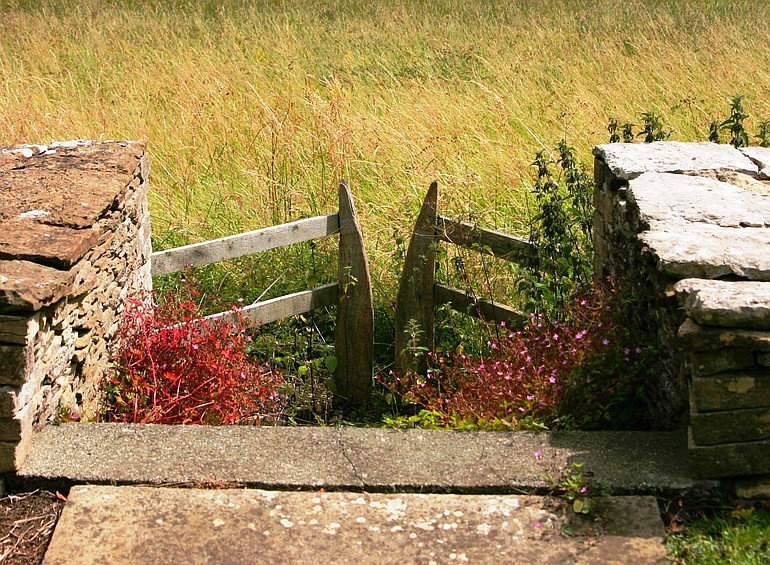In my first garden, I decided to create a meadow by planting 500 tulips along the far edge of the front lawn. Tulips were never the best choice for this endeavor, but at that stage in my gardening career I was not aware that learning from my mistakes would become one of the most effective ways to get the results I desired.
It took me a few years to accept the fact that deer would always eat my tulips just before they opened in bloom. Year after year, I added more and more tulips and the deer always dashed my expectations. The first few years of effort was a lot of work for such a disappointing outcome.
Gardeners have a tendency to ignore the facts set before them and hope that desire alone will help them beat the odds. For the most part we are an optimistic group. That is why we plant roses in the shade when we know they need six hours a day of full sun or plant a 60 foot tree in a small backyard and hope it doesn’t grow to its full height.
I had better luck with spring blooming bulbs after I accepted the facts and learned from fellow gardeners who already had a bit of experience. Deer will have nothing to do with daffodils, so I planted them in place of tulips. My first choice was a large narcissus variety that bloomed late in spring. These were lovely, a great success — or so it seemed.
The problem came as the lawn began to grow in spring and the bulbs began to die down. For perennial bulbs to return each year, it’s important that a period of at least six weeks be allowed between flowering and cutting back the spent foliage. The late season daffodils and the all-season lawn were out of sync. Two months of a lawn that has not been mowed in spring makes for a messy garden.
Starting over
To get it right, we occasionally have to start all over again. What we learn from experience is to know the needs of our garden plants and the limit of our efforts. As important as having enough time to take care of the garden we create is learning to consider, ahead of time, the requirements of each plant we add to our garden.
If you are considering planting a flowering cherry tree, part of the job of planting that tree is choosing a variety that fits the location. Prunus ‘Kwanzan’ grows tall and wide, flaring up and out from the point where the branches emerge from the main trunk. ‘Amanogawa’ is columnar in youth, becoming vase shaped with age and ‘Snow Fountain’ is a good weeper for a small space.
Pruning to remove dead or diseased plant material is a part of grooming our gardens in spring. Choosing the right plant for the right place in the garden eliminates the need for pruning to keep a plant a certain shape or size. The spiny, multi-stemmed barberry comes in many different shapes, colors and sizes to fit any garden. Why waste your time pruning a thorny shrub that has grown too big for its space, when you can plant an exact replica in a dwarf form?
There is always something to do or to learn to do in the garden. If you need instruction, there are hundreds of books with comprehensive lists of seasonal task schedules. Along with a million and one magazine articles and the Internet, they tell us when to prune our roses, how to plant perennials and where to place our vegetable garden.
Still, many gardeners buy a tree, a shrub, a perennial or a vine they know nothing about, then bring it home and plant it in the garden. Longtime gardeners know from experience that success in the garden is not always the result of our first efforts. That’s why it’s always better to know what you want and what you need before you go searching for something new to put in the garden.
Now I know that there is a group of early-blooming, hardy bulbs with a brilliant, if ephemeral, flower show ideal for planting in meadows. They are perfect because they blossom and die back while the grass is still short. The flower show is finished just when the meadow grass begins to grow enough to need cutting back. Live and learn.
Robb Rosser is a WSU-certified Master Gardener. Reach him at Write2Robb@aol.com.



